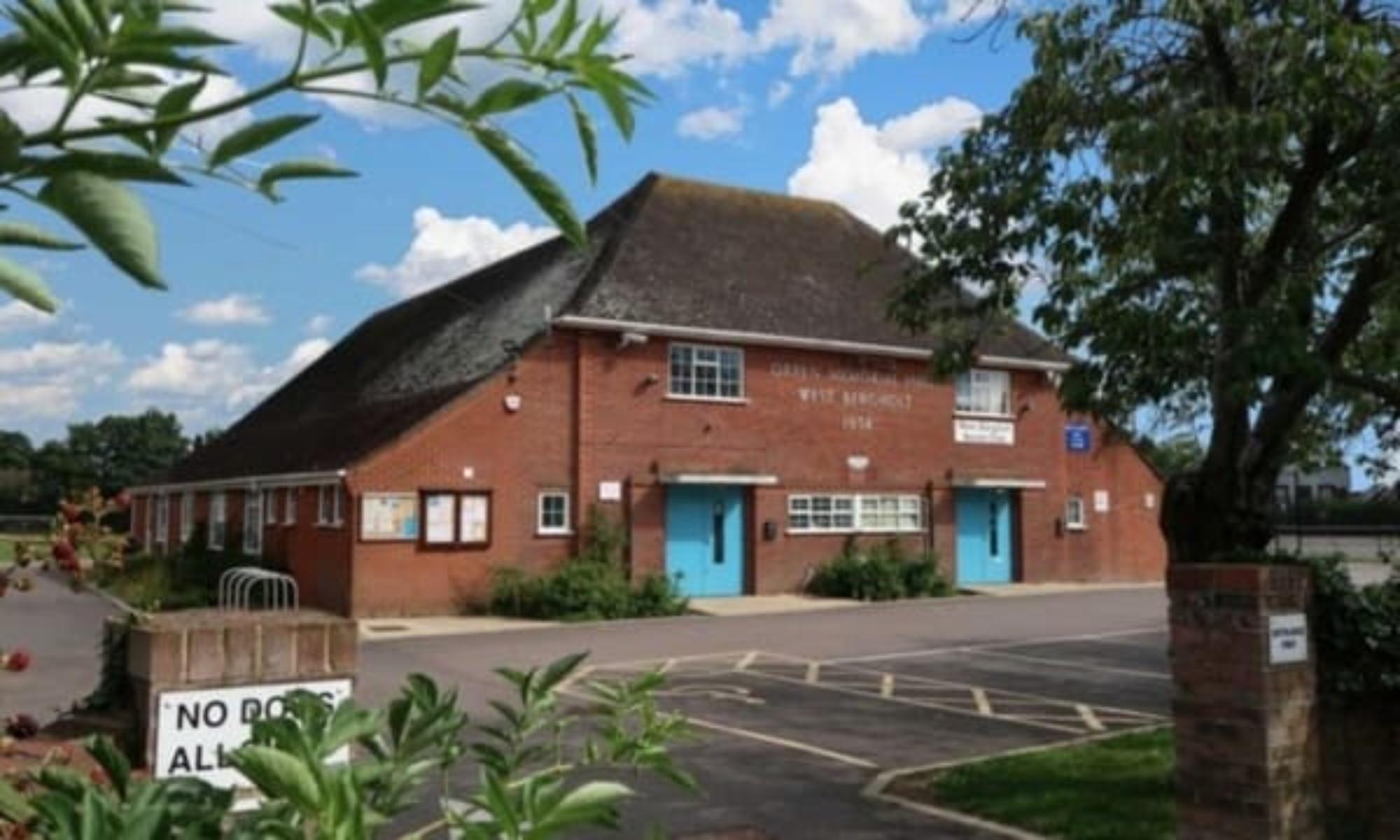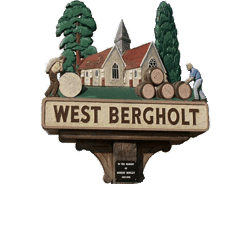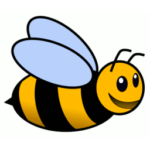
Why Bee-Squared?
If you already know and just want to see the map, then click here.
Wild Bees, essential to pollinate crops and gardens, are under threat as the Kew Gardens ‘Grow Wild’ website tells us:
Wild bees are particularly threatened in urban environments due to a lack of nectar-producing plants and high competition amongst pollinators. A healthy and diverse bee population is vital to supporting city trees and pollinating nearby crops.
Almost one in ten wild bee species face extinction (European Red List of Bees), including many of Britain’s remaining bumblebees.
Wild Bees do a better job than Honey Bees
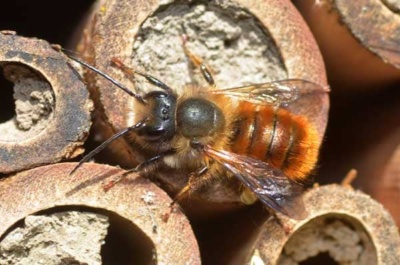
Bees play a crucial role in pollinating both wild and cultivated plants, including essential crops like strawberries and tomatoes. Wild bees, such as the Red Mason bee, are often more effective than domesticated Honey bees, especially in challenging weather conditions, leading to more reliable pollination.
There are more different types of Bee in the UK than you can believe!
The UK is home to 267 different types of bee. Over 90% of these are ‘solitary’ bees, such as the red mason bee, which alone can match the pollination work of 120 honey bees.
These pollinators have evolved alongside native UK plants, with some bees depending on specific plants. For instance, white-tailed bumblebees prefer short, open flowers like clover and dandelion, while Ivy bees rely on late-blooming ivy, which also benefits other pollinators at the end of the season.
What is Bee-Squared
Bee-squared is an idea that is growing in popularity and being driven by a number of parish councils around the country. Simply put, children (mostly), or other interested members of the public, will receive a small envelope of seeds sufficient to cover 1 square metre with wild-flowers. These wild-flowers have been selected to provide bees with islands of sustenance in what is otherwise an environment that is hostile to them. Introducing the scheme to West Bergholt in 2024, the Parish Council will initially distribute seeds through Heathlands and St Mary’s Church. It is also possible to obtain wildflower seeds from other organisations such as Essex Wildlife Trust, who have been running a scheme since 2021, or commercial sellers.
How to sow wildflower seed
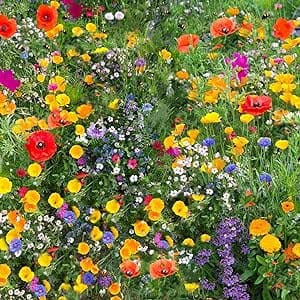
- Simply clear a square metre spare patch of your garden or put some garden soil in a pot or two (old compost is best).
- Sprinkle the seeds evenly by mid-end May, and fork over lightly.
- Water them and keep them moist if there is no rain.
- Let us know so that we can map where all the Bee Squares are in the parish.
- Print and colour in the picture, linked below, and display in your front window to let people know you are taking part.
If you are looking to keep your wildflower area going from year to year or want to add to it, you can find more detailed instructions here.
The Bee-Squared Map for West Bergholt
If you have received a pack of wildflower seeds to sow you can let us know where you put them using the form below, we will then add your seeds’ location onto the map below. We can’t be sure that the Bees can read the map but we are sure that they will find the flowers that will grow from your seeds!
